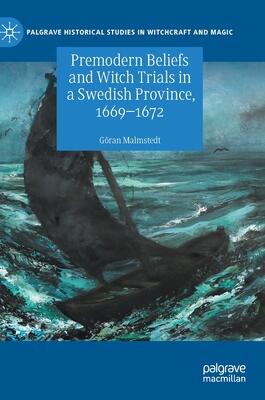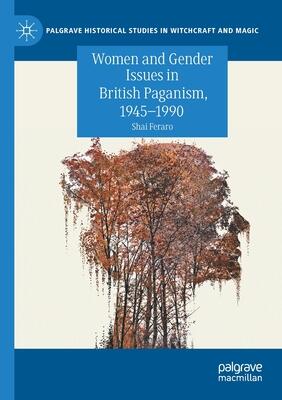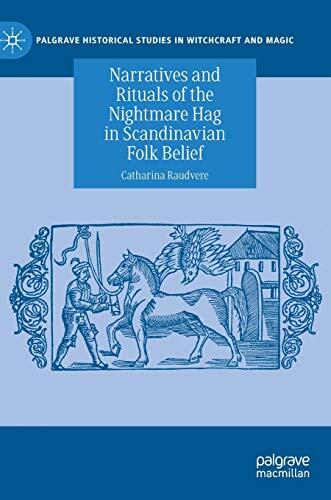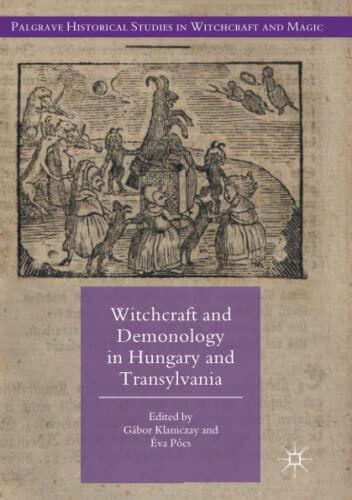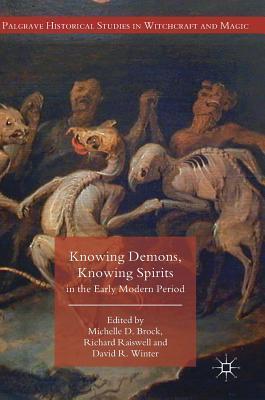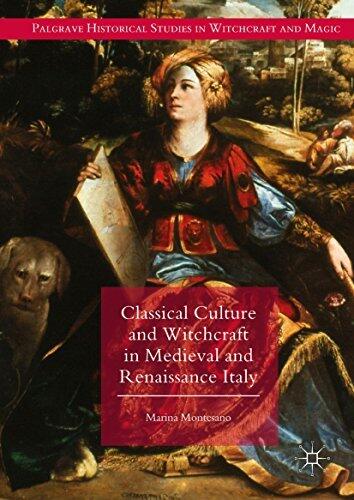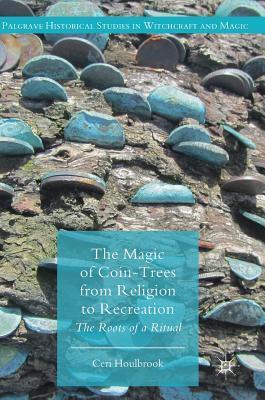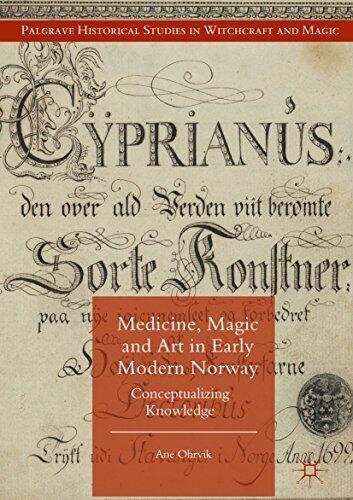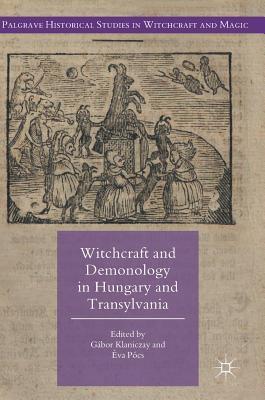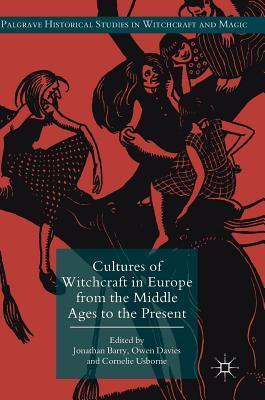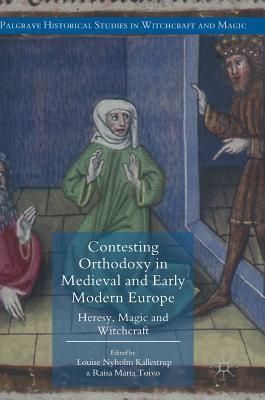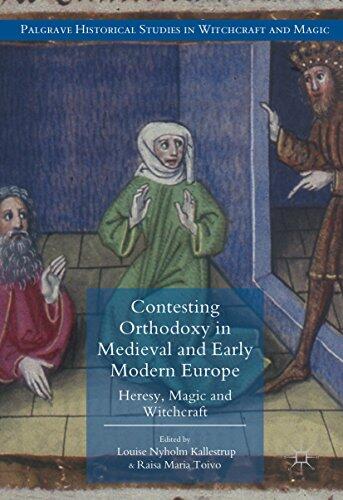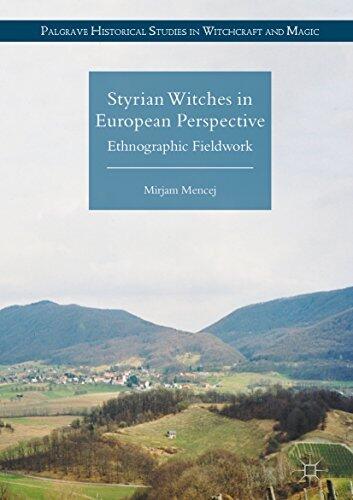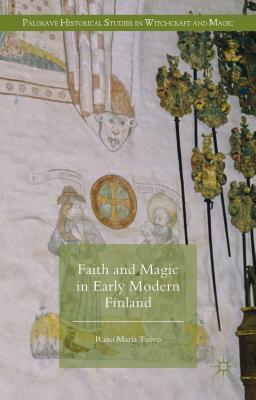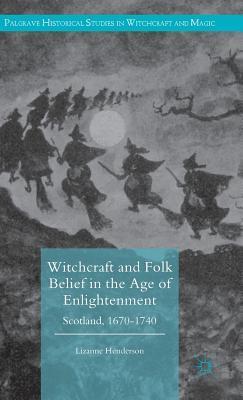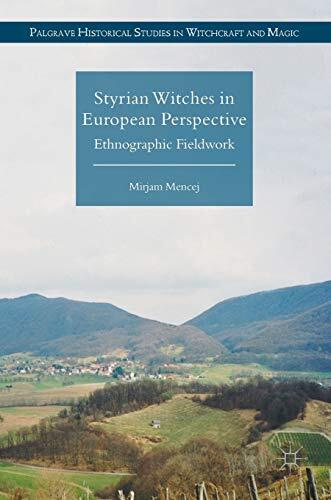
Styrian Witches in European Perspective: Ethnographic Fieldwork
لا توجد تقييمات بعد
History
Fantasy
تنسيق
غلاف صلب
صفحات
466
لغة
الإنجليزية
منشور
Dec 21, 2016
الناشر
Palgrave Macmillan
الطبعة
1st ed. 2017
رقم ISBN-10
1137372494
رقم ISBN-13
9781137372499
الوصف
Mirjam Mencej delves into the fascinating world of witchcraft, focusing on the rich tapestry of beliefs and practices in rural Styria. Through meticulous ethnographic fieldwork, she unravels the local narratives and traditions that have shaped the understanding of witchcraft in this unique region. The narrative weaves together personal stories and communal secrets, offering readers an intimate glimpse into how these beliefs are woven into the fabric of everyday life.
Throughout the exploration, Mencej juxtaposes the findings from Styria with broader European contexts, illuminating the interplay between local customs and wider historical perspectives. This comparative approach not only highlights the distinctive elements of Styrian witchcraft but also reveals common threads that link various witchcraft traditions across Europe. Readers are invited to reflect on how these beliefs have evolved, persisted, and adapted through generations.
The book also examines the social dynamics and power structures that influence witchcraft perceptions, shedding light on the ethereal boundary between the sacred and the profane. By presenting her findings in an accessible manner, Mencej encourages a deeper understanding of witchcraft as both a cultural phenomenon and a lens through which to view societal changes.
Through her thorough research and engaging narrative, Mencej contributes significant insights to the field of witchcraft studies, making it a vital resource for scholars, historians, and anyone intrigued by the mystical and the folkloric. The exploration of Styrian witchcraft, framed within its European context, offers a rich and varied perspective on an often-misunderstood aspect of cultural history.
Throughout the exploration, Mencej juxtaposes the findings from Styria with broader European contexts, illuminating the interplay between local customs and wider historical perspectives. This comparative approach not only highlights the distinctive elements of Styrian witchcraft but also reveals common threads that link various witchcraft traditions across Europe. Readers are invited to reflect on how these beliefs have evolved, persisted, and adapted through generations.
The book also examines the social dynamics and power structures that influence witchcraft perceptions, shedding light on the ethereal boundary between the sacred and the profane. By presenting her findings in an accessible manner, Mencej encourages a deeper understanding of witchcraft as both a cultural phenomenon and a lens through which to view societal changes.
Through her thorough research and engaging narrative, Mencej contributes significant insights to the field of witchcraft studies, making it a vital resource for scholars, historians, and anyone intrigued by the mystical and the folkloric. The exploration of Styrian witchcraft, framed within its European context, offers a rich and varied perspective on an often-misunderstood aspect of cultural history.


